You may be familiar with the stonecrops that many plant in their gardens. These are not the sedum ground-covers, but the large, mounding thick-leaved plants with flowers that bloom in fall. This is very closely related to those introduced species, but of course, this one is native.
They are reported to be mildly toxic to humans and animals, though I have also read reports about young leaves being edible. Considering I’ve seen the deer browsing the non-native stonecrops, they can’t be too toxic. The fact that I still have them growing even with the heavy deer browse is a testament to their resiliency. They would never get more than a few inches tall without sprays or cages, but yet they persist. I would still suggest protecting or spraying them so you can actually enjoy their flowers instead of succulent stumps.
They require well-drained soil. You can see how shallow their roots are in the second photo. They can be grown in containers, but you’d want a wide, squat pot, preferably one made from a heavier material such as hypertufa or clay. Since they can reach up to 3ft tall at maturity, they can become quite top heavy. The size of the pot has more to do with keeping the pots from falling over and supporting the plant.
Some sites report that Allegheny stonecrop prefers full sun, though it can grow in part sun to light shade. My guess is that the larger size is associated with full sun sites. The earlier link I shared mentioned they grow only 12-15 inches tall, which could be due to lower light or poor soil. Normally the leaves are glaucous, with a blue-green tint, but can take on a reddish hue in more sun. I will be planting some in various parts of the garden to see how they do. They are known to grow in the Appalachian mountains, and I’ve seen photos of them growing in moss at the base of trees.
My experience growing the Allegheny stonecrop showed that it’s a very easy-going plant, and very quick to grow from seed. They’re also very easy to keep happy. The seed germinated quite readily, and I grew far more plants than I expected. They also transplant easily due to the shallow roots. They can even be propagated from stem cuttings once you have a colony going. The only issue I think would be making sure they have well drained soil. That being said, even with all the rains we’d had, it didn’t seem to bother them one bit. It just helped them grow faster.


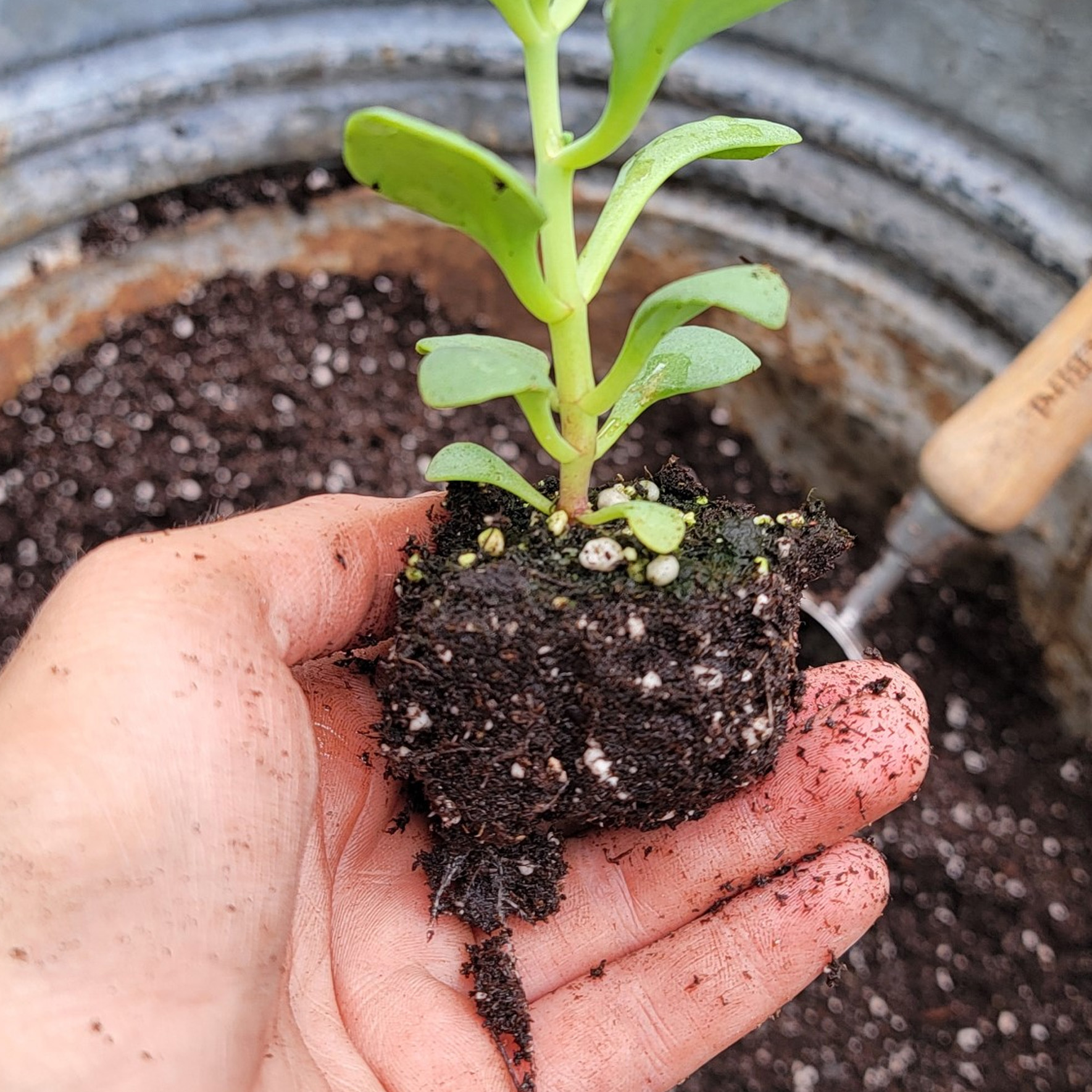
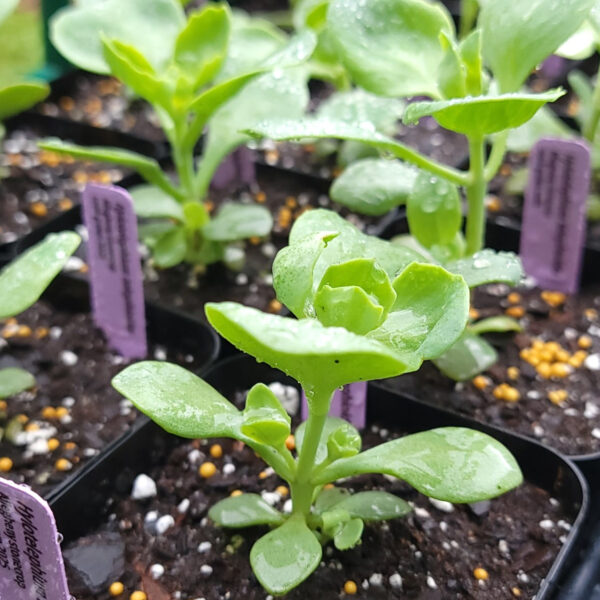
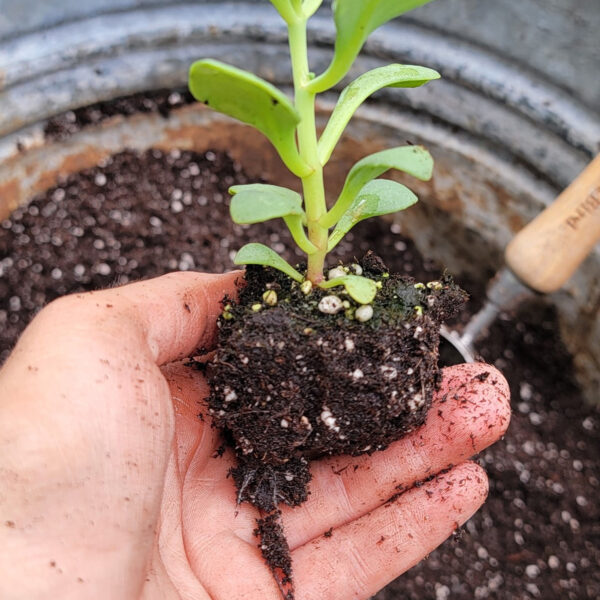

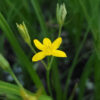








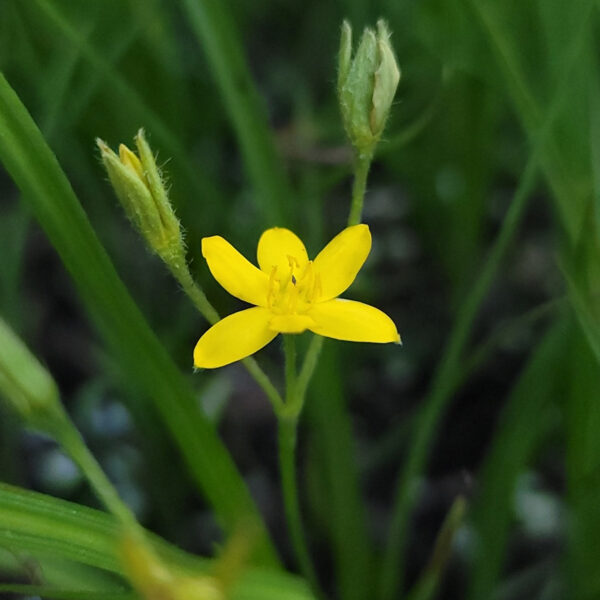




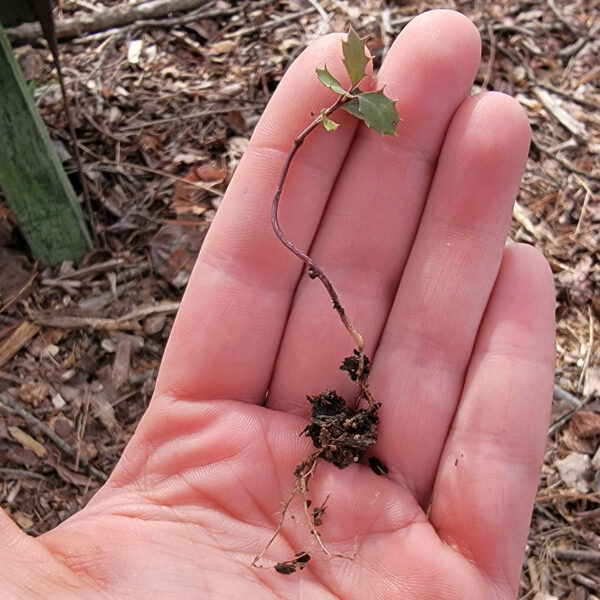

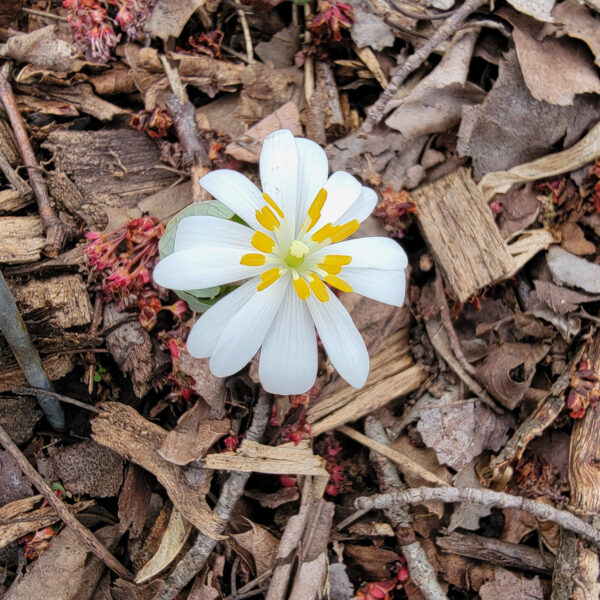

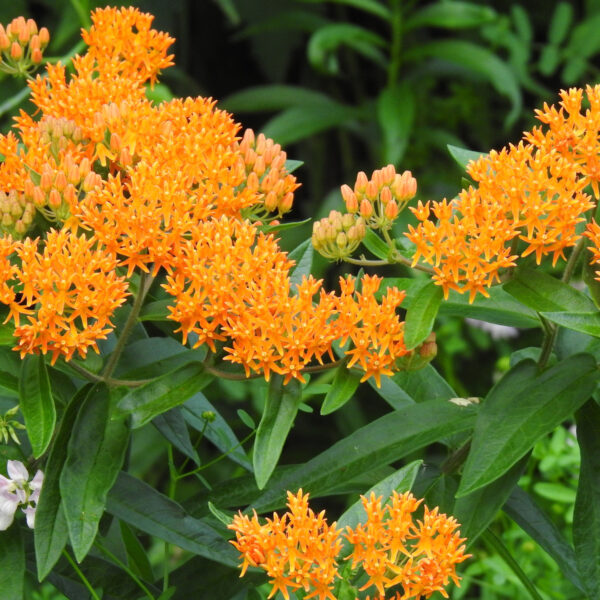



Reviews
There are no reviews yet.